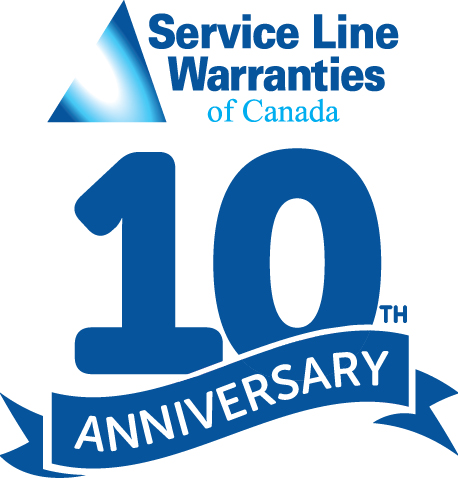As temperatures continue to drop and a La Niña develops over the Pacific for the second year in a row, experts are expecting a cold start to winter and early snow this year. Temperatures will be up and down throughout the winter season, but extra cold weather is expected to strike most of Canada in both early and late winter.
As you prepare for winter, don’t forget your plumbing – often overlooked as “out of sight, out of mind,” but losing access to running water because of a frozen pipe is a real inconvenience that can be avoided with just a little preparation. Even worse, when a frozen pipe bursts, it can cause water damage to your home. No pipe is immune to freezing, and even a small crack in plumbing can spew hundreds of gallons of water, damaging the home, furniture and property. Water damage can cost thousands of dollars and cause mold to develop. Those in older homes are particularly at risk.
Before cold weather, weatherize your plumbing, starting with removing the outdoor hoses and shutting off and draining your exterior water lines, which are most at risk of freezing. After your outdoor lines, lines in areas that aren’t heated or insulated, like basements, attics, garages and crawlspaces, are most at-risk, so consider insulating your pipes in these areas. Inexpensive rubber or foam pipe sleeves can be found at most major hardware stores and can be easily installed. Pipes should be thoroughly cleaned before they’re insulated and ends and seams of the insulation secured with duct tape. If there are pipes that are prone to freezing, you can purchase UL-listed heat tape or heat cable to wrap the pipes; you also should consult a plumber.
You should also look for areas where drafts can get in or leach heat from your home and insulate them as well, especially around windows and doors – weatherization supplies are readily available and inexpensive. You should also familiarize yourself with where your water main valve is located. It should be near where your water service line enters your home, usually in your basement or garage.
When cold weather arrives, make sure that your heat at least at 21 degree Celsius. Keep interior doors open to allow heat to circulate throughout your home, while keeping doors to unheated or insulated areas, such as a garage or basement, shut. Keep exterior doors shut and insulated. If temperatures dip down very low, open cabinets in your kitchen and bathroom to allow warm air to circulate around pipes and walls that hold pipes. You can also open your pipes and let a trickle of water move through, but, unless you’re instructed to do this by your local utility, you will be responsible for the additional cost.
If your notice low water pressure, no water pressure at all, frost on pipes or flooding, your pipes may have frozen. In the case of flooding, immediately turn off the main water valve in your home and call a plumber. However, if the pipe has not yet burst, there are some things you can try.
Use your spigots to determine where the frozen pipes are – if the spigots in a single room, for instance, a bathroom, aren’t working, then the frozen pipe is likely in a spilt from the main, but if all the spigots on the same floor aren’t working, then the frozen pipe is likely near where the pipes separate between floors. If all the spigots in the house aren’t working, it’s likely the frozen pipe is near where the main enters the home.
Feel along the frozen pipes to see if you can find a spot that is colder than the rest or has condensation on it. Once you’ve found the frozen spot, thaw the pipe from the closest spigot back to the obstruction – this will reduce the potential of a pipe bursting. Open the closest spigot to relieve water pressure and use a hair dryer, hot towel, heat lamp, hot water bottle or heating pad to warm up the pipe. This will be time consuming, but do not use an open flame to warm the pipes, as it is a fire hazard.
Unfortunately, if you’re in need of a plumber, you may find yourself at a loss – a third of Canadians reported having difficulty in finding a contractor, and Canada is struggling with a lack of tradespeople that is only expected to become worse.
You can prevent that with Service Line Warranties. Service Line Warranties offers a suite of emergency home repair plans, including water service lines and in-home plumbing, at a low monthly rate. Service Line Warranties has a network of contractors, all of whom have gone through extensive vetting, are licensed and insured in your local community, are familiar with your municipal code and have high post-job customer satisfaction scores.
Instead of searching for an available plumber during the busy season, you could make one call to our call centre, which is available 24/7/365, and have a local plumber dispatched to you home to fix your plumbing issue.
Contact us to learn more about how we can help give you peace of mind this winter.
